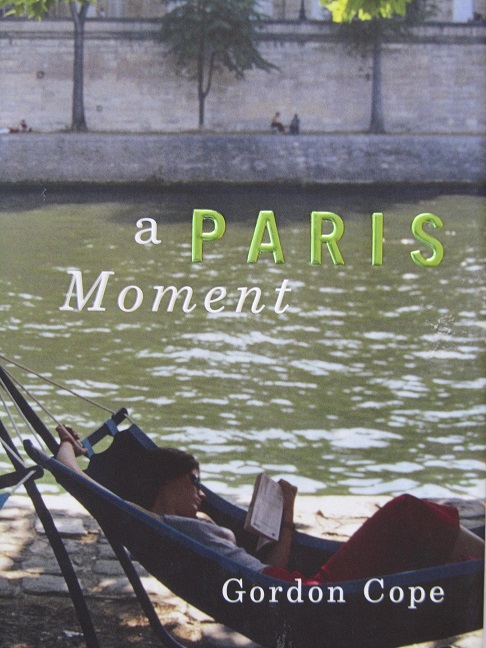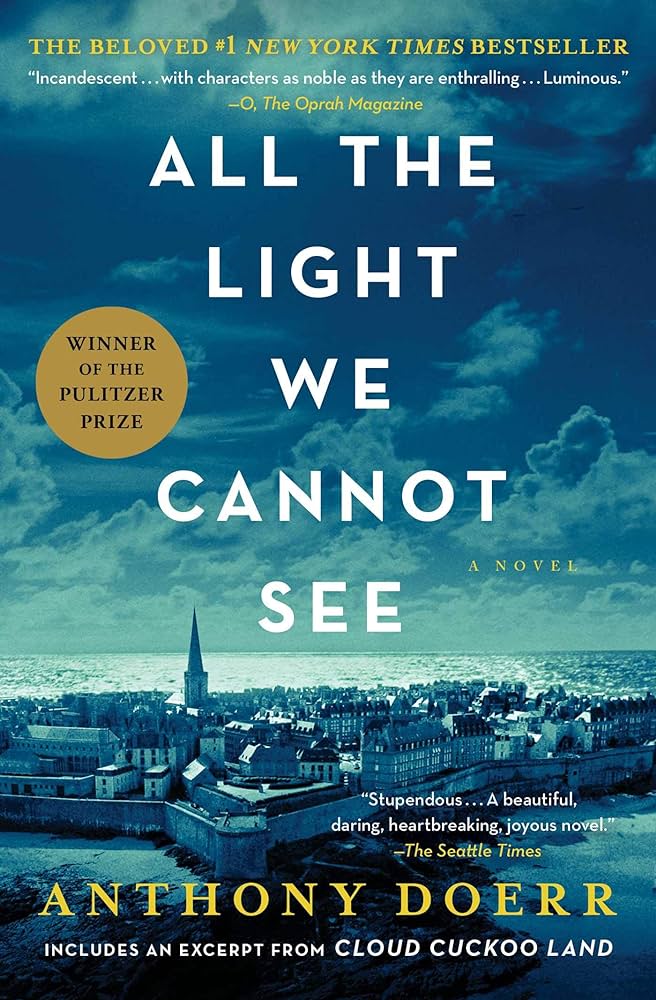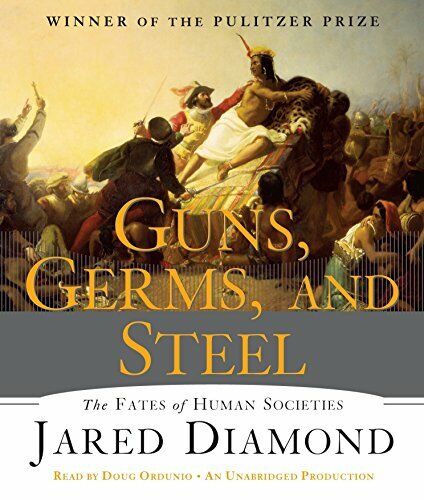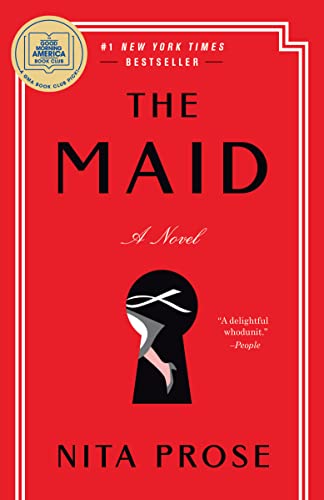Life in Mexico

Christmas in Mexico is a month-long affair that beguiles and captivates everyone in the country. Festivities start the first of December, when Catholics venerate the Virgin of Guadalupe, the patron saint of Mexico.
Everyone agrees; she’s a great saint. One frosty morning in December, 1531, the spectral image of a young, pregnant woman appeared before a humble peasant named Juan Diego near the hill of Guadalupe north of Mexico City and asked him to build a church in her honor on the spot.
Juan Diego obligingly related the request to the Bishop of Mexico City, who told him to piss up a rope. “If she’s the real Mother of God, then show me a sign,” he demanded.
The Virgin promptly produced a dozen Castilian roses in the middle of winter, which Juan Diego wrapped in his cloak and took back to the bishop. When he opened the cloak, the roses fell out to reveal a stunning image of the Virgin.
The chagrined bishop promptly built the Basilica of Our Lady of Guadalupe, where a motorized sidewalk briskly whisks the faithful past the cloak. Those who can’t be whisked celebrate by staging parades; participants, dressed in native garb, set off explosive rockets to scare the pants off the devil.
Recipe: Thai Beef & Beans

This is a great recipe that is ridiculously easy to make! All your friends will think you’re a kitchen genius.
Ingredients
2 Tsp oil
1 garlic clove, crushed
8 oz ground beef
1cup of green beans or asparagus
1 cup of sweet red pepper, chopped
¼ cup fish sauce
1tsp red curry paste
1Tsp soy sauce
1Tsp brown sugar
1/2 cup of water
Directions
Cook the garlic and beef in oil.
Add the fish sauce, red curry paste, soy sauce, brown sugar and water. Simmer on low for ten minutes.
Add the red pepper and beans/asparagus and cook for two minutes.
Serve on rice. Enjoy!
Read all my books with a subscription to Kindle Unlimited!

You can also by eBooks and paperbacks on Amazon!
TV Series

All the Light We Cannot See
Streaming on Netflix
I am always ambivalent when it comes to watching a screen adaptation of a book that I enjoyed reading. I recall as a teenager being enthralled with Frank Herbert’s science-fiction classic Dune, only to be disappointed by the over-wrought sludge oozing from David Lynch’s 1984 feature film.
The ambivalence arises, not coincidentally, from the fact that they are two different mediums. Books revel in words, each one carefully chosen by the author to convey character, plot and theme. Films rely on images and actors chosen by the director to grab the viewer in a vise-grip of emotional involvement in order to tell the story.
And that’s where things can easily go astray. Ian Fleming, for instance, famously hated the choice of an obscure Scottish body builder by the name of Sean Connery to play James Bond (although his ire didn’t inspire him to donate the $100 million he made from the franchise to charity).
Critics of the recently-released screen version of All the Light We Cannot See argued that taking a sprawling, epic novel and compressing it into a four hours was too daunting a task. “Clumsy,” sniffed the Hollywood Reporter. “Adaptation falls flat,” hissed Variety. Part of the cat-calls, no doubt, were due to the fact that Netflix deigned to make a series from a Pulitzer-prize winning novel, but the detractors did have a point.
The story takes place in World War II and focuses on the experiences of two teenagers, German orphan Werner Pfennig, and Marie-Laure, a blind girl cared for by her father, a museum curator in Paris. When war breaks out, radio-genius Werner is drafted into an elite unit that searches for clandestine Resistance broadcasts. Marie-Laure’s father Daniel takes them to live in the port of Saint Malo with his family, hoping to find refuge for his daughter.
Werner and Marie-Laure are bound together by a children’s radio broadcast that preached love amidst madness and hate. It was ‘all the light we cannot see’, a beacon of humanity and reason in a time of war.
Marie-Laure’s life is interrupted by Sergeant Major Reinhold von Rumpel, a Nazi officer charged with gathering precious jewels for the Reich. Unbeknownst to her, Daniel has absconded with the Sea of Flames, a precious stone with a terrible curse. Von Rumpel has tracked the stone to Saint-Malo—and is willing to kill anyone to get it.
Undaunted, Marie-Laure continues to secretly broadcast coded information to the allies. Werner and his team are brought to the town to track her down, but he thwarts their efforts to silence her voice; their love for humanity shines like a beacon in the darkness of war.
The series is fast-paced and well-acted; we had to force ourselves not to binge it all on the first night. I recommend you watch All the Light We Cannot See, then get a copy of the book and read the original. I guarantee you won’t be disappointed.
Book Review

Guns, Germs and Steel
By Jared Diamond
As a young scientist studying tribes in Papua New Guinea, the author was asked a question that would intrigue him for decades: Why did Europeans conquer North America, and not the other way around?
Montezuma and his Aztec empire certainly had the inclination to subjugate neighboring nations, but never made the effort to journey beyond their shores. Was it because their race was somehow inferior to the white man?
Diamond takes us on a journey through time to a point over 10,000 years ago when mankind was emerging from its hunter-gathering mode into sedentary villages. He traces what viable plants and animals were available for domestication, and where, in a fascinating discussion of how regional environments gave some nations greater potential over others.
As an example, he notes that the Fertile Crescent in modern Iraq had eight of the twelve wild species that eventually became staples of our modern diet, including wheat, rye, rice and oats. Other continents, including all of Africa, had none.
The difference in barnyard species was even starker; pigs, goats, sheep and cattle emerged as major sources of protein in the Middle East, while North America had the turkey.
The disparity was anything but trivial; easily-domesticated plants and animals meant that a society could feed itself more effectively, allowing some members to pursue non-agricultural professions, including religious, military and scientific occupations. While the Incas extended their empire through the Andes using spears tipped with knapped jade, contemporary Europeans arrived in the Americas with steel swords and cannon.
Today, of course, modern technology is universal; it turns out that all races are equally as inventive (and ruthless), when given the tools and opportunities. Even though the book is over a quarter-century old, it remains as pertinent as ever. I highly recommend Guns, Germs and Steel.
Christmas Bonus Book Review

The Maid
By Nita Prose
This is a quirky, charming murder mystery that makes for a great holiday read.
The title character is a domestic worker at a prestigious boutique hotel in New York. Molly is a young, neuro-divergent woman who values neatness next to Godliness, and nothing pleases her more than arriving at the hotel each day, donning her outfit, and anonymously scrubbing toilets for the rich and famous.
Until, of course, she stumbles across the slain body of Mr. Black, a high-profile property developer who was staying in a top-floor suite. Crude, corrupt and cruel to his wife, few mourned his passing, but the whole town was rampant with speculation over who killed him.
NYPD murder detectives focus their attention on Molly, whose socially-inept behavior makes her a prime suspect. In order to avoid jail, she sets out to prove her innocence by sleuthing her way to the real killer.
Much of the plot doesn’t make a whole lot of sense, but the immense charm of this book emanates from its eccentric main character who relies on the people who love her to navigate through a strange, baffling world. I highly recommend The Maid!
